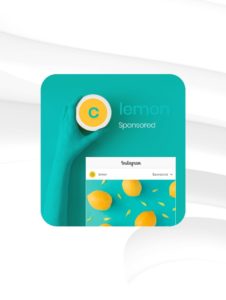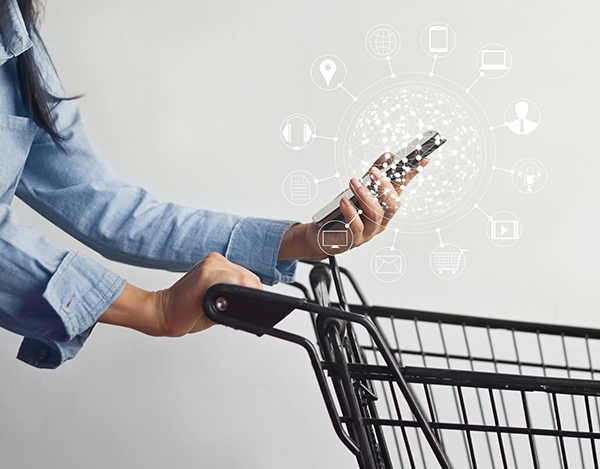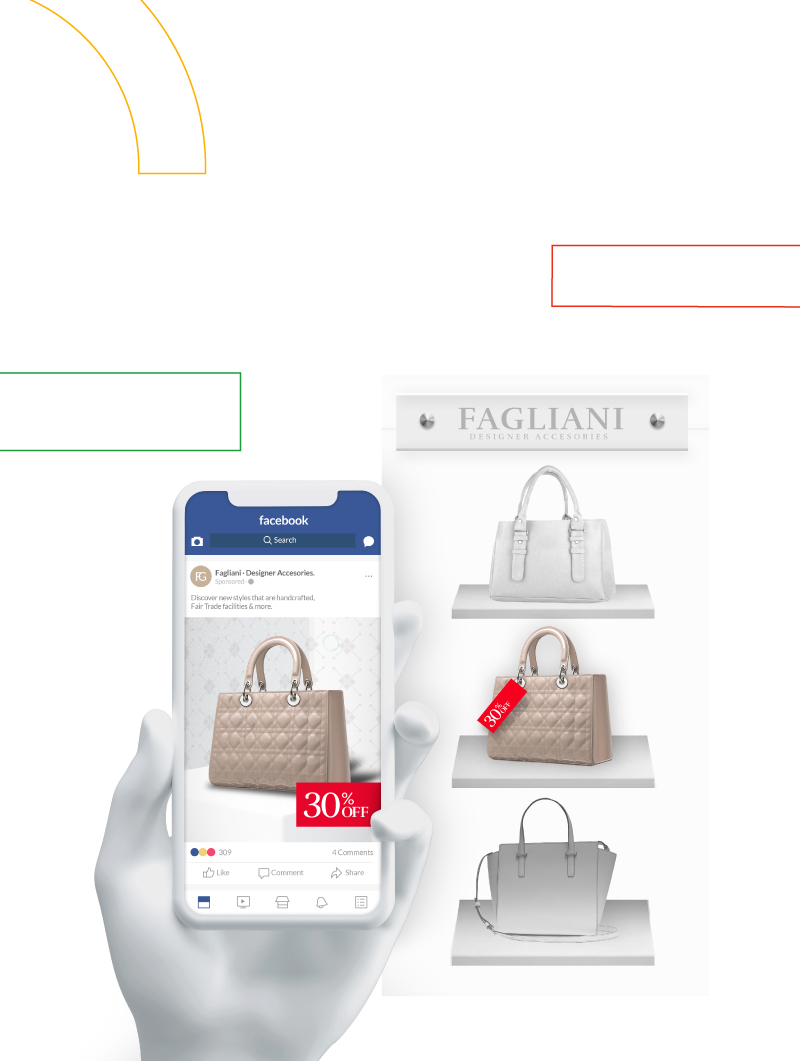Omnichannel Marketing Strategy – How to connect the online and the offline world?

Sponsorship Advertising | Sponsored content and its benefits
28 Jun 2019
Programmatic Advertising | Meet the Future of Marketing for 2019
03 Jul 2019Omnichannel Marketing Strategy – How to connect the online and the offline world?
Over the years, all needs and preferences of people have changed. But there is also another thing changing: The marketing strategies.
Through this search for channels to reach customers, the companies realized that positioning themselves in a single channel, was not enough.
That’s when Omnichannel Marketing Strategy is born, in order to offer the most complete experience to users in several channels in a simultaneous way.

Since there is so much competition between companies, it has become necessary to be present in as many channels as possible.
All this in order that the customer can move from one channel to another and buy in the one that is most convenient for him.
For Hubspot, omnichannel marketing is “a multi-channel sales approach that provides the customer with an integrated shopping experience. The customer can make the purchase online from a desktop or mobile device, on the phone or in a physical store, but the shopping experience will remain uninterrupted.”
Multichannel Marketing vs Omnichannel Marketing
There are many channels that allow us to make the sale of a product or service. This is why we tend to confuse multichannel marketing with omnichannel.
The first one is responsible for making a sale, whether in an app, a local store, e-commerce, phone call, etc.
But all channels are independent and have their own and unique way of interacting with customers, while the omnichannel, use strategies in conjunction, where you can use one or more channels.
So, no matter how the person interacts with the brand. They still can move from one platform to another. In fact, you can make contact in e-commerce, but finish the purchase in-store.
Another possible scenario would be to make a phone contact and buy through the website. Options are endless!
The most important aspect of omnichannel marketing is to offer a personalized experience tailored to the client’s needs.
Our goal is that the client gets to decide to stay in touch with the brand and build loyalty. So we work based on a complete experience.
Here you can find a detailed video applied to a marketing case about this difference:
Walmart Mexico is on Omnichannel Marketing
Last year, this department store chain opened its store in Tlalnepantla, Mexico. As part of its omnichannel e-commerce strategy, the store offered the possibility of picking up orders by car or using electronic kiosks inside the store, as well as shopping some groceries in the app or the website store with home delivery.
Besides, as part of its business model, over the years, the brand has improved its services offering self-check up to 10 items. On the other hand, have offered digital catalogs to purchase products not available in-store, making the user’s experience more comfortable.
But this model is not for a single store. It plans to continue growing in all stores across the country.
Why bet on the Omnichannel Marketing?
- It allows companies to generate new sales opportunities, adapting to channels.
- Innovation in new processes, responsibilities, policies, and connections between the different departments of an organization.
- Possibility of reaching more customers as several channels are used to transmit the message.
- You will be able to interact with a client in different ways, which will offer you more opportunities to complete the sale.
If you want to know more about this business model and content strategy between channels that companies use to improve their user experience, Omnichannel Marketing is definitely for you.
Latam Digital Marketing is the indicated Performance Agency to grow your brand.
Let’s talk about your next digital strategy!
- england
- london
- marketing strategy
- offline world
- omni channel
- Omnichannel Marketing
- online world
- UK
- United Kingdom
- United States
- USA
- Walmart Mexico


